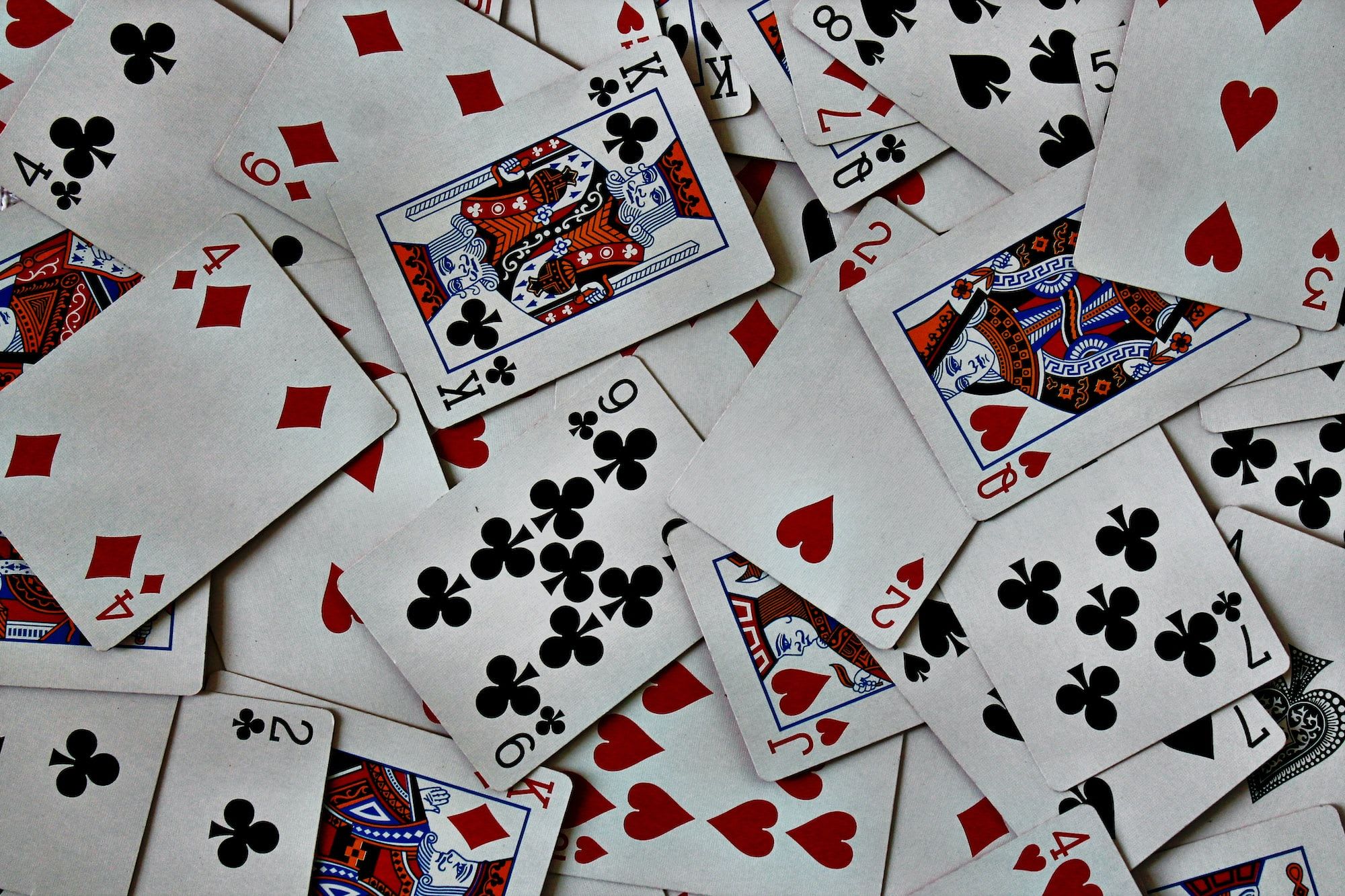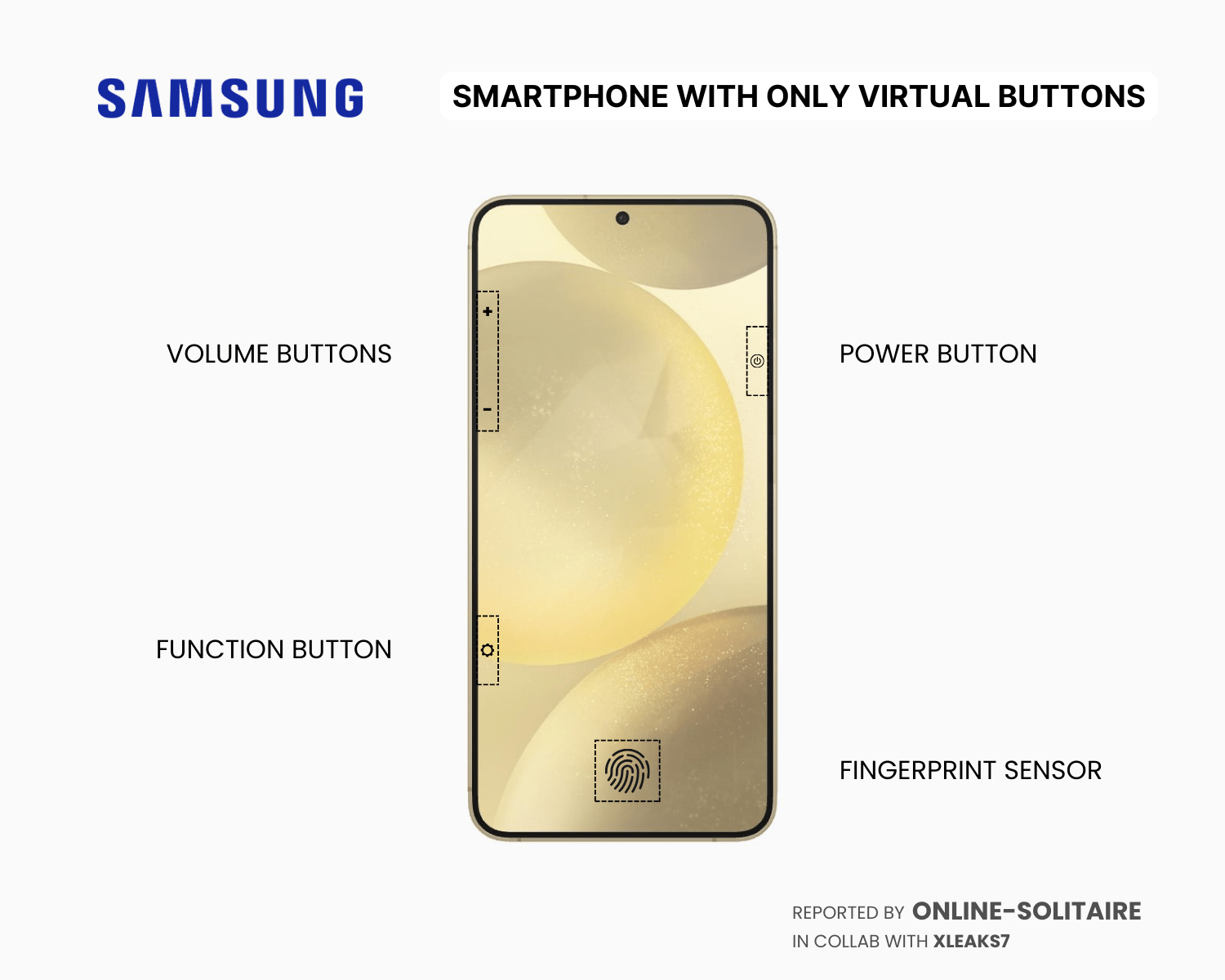7 Types of Solitaire you really need to know about!

Before I start off, I just wanted to share the happy news that we got featured on the Web App Market the other day:

Saying that, let's dive into the topic of today. If you’ve never heard of solitaire before, it may surprise you that solitaire is a genre of card game and not a specific game. Solitaire has been around for more than 200 years, and as a result, there are many variations of the game. In this article, I’ll be covering 7 types of solitaire that you need to know about.
Klondike Solitaire
This is the most common type of solitaire played by millions of people around the world! It is so common that it is usually referred to as just ‘solitaire’. It has different names in different countries; for example, in the UK, it is called ‘patience’ and can be referred to as ‘American Patience’, ‘Triangle’, ‘Fascination’, or ‘Demon Patience’. It was traditionally called ‘Canfield’ after the creator of a solitaire game, Richard Canfield.
This game caught the eye of players in the late 19th century after a gold rush of around 30,000 people happened in the Canadian region of Klondike. Rumor has it the prospectors played the game on their way to Klondike. Furthermore, Klondike has had a huge popularity boost due to its inclusion in Microsoft Windows from the 1990s.
Rules
Klondike is seen as the base of all solitaire games; once you have mastered it, many other forms will be familiar to you. It utilizes the ordinary features of a solitaire game: a primary pile for each suit, a stockpile, a waste pile, and a tableau with alternate color building.
Here is a summary of the rules:
- It is played with the standard 52 card deck, without Jokers.
- After shuffling, the cards are laid out like a tableau of seven piles, each having one more card from left to right. The first card is faced upwards, with the other downwards.
- The other cards form the stockpile, all facing downwards.
- There are four foundations, which are built up by the suits from Ace to King. Once this has been completed, the player has won.
- The game aims to have 4 stacks of cards of the different suits in order.
- There are several ways to deliver the stock to the waste cards e.g. turning one or three cards to the waste, with limits on passing through the deck.
- If the player has no useful moves left, they are deemed to have lost the game.
This does require some skill to master as only 8.7% of games are won, according to Bill’s Solitaire Tester.
Online Solitaire features both Solitaire Turn 3, which is considered to be the classic solitaire game and Solitaire Turn 1, which is considered to be an easier version.
Free Cell Solitaire
This is another prevalent type of solitaire game. It has several differences to ‘Klondike’ and is also available on Microsoft. It is seen as the digital solitaire as many software developers have strived to apply a random number generator to replace its numbered hands. As it is a very technological and numerical based game, several formulas have been drawn up to calculate how many deals, games, and the number of moves required to win, which is great for those interested in the maths behind it.
FreeCell is deemed to have originated from the Scandinavian game ‘Napoleon at St Helena’, which is not the game Napoleon played, which was ‘Forty Thieves’. It also inherited some aspects of ‘Eight Off’, with the only difference being that cards are ordered by suit rather than color.
Rules
- The standard 52-card deck is used with four open cells and foundations. Some versions of this game may allow one to ten cells.
- After shuffling, cards are dealt into 8 cascades, four having seven cards, and the other four having six each, all face-up. This can vary from four to ten cascades depending on the variation of ‘FreeCell’ you play.
- The top card of a cascade is the beginning of a tableau and tableaus are built from differing colors. Foundations, however, are built by suit.
- Any card can be moved to build on tableaus or to an empty cell, cascade, or foundation.
- Complete and partial tableaus can build upon others as well.
Therefore, this game is extremely easy to win, with a 99.999%-win rate. There is only one possible deal that is unsolvable, so you must be super unlucky to lose!
Spider Solitaire
Spider solitaire has its name since eight foundation piles must be filled to win the game, referring to the spider’s eight legs. It is one of the most favored two-deck patience games around and there is also a Microsoft version of the game, which has been around since 1991 on the earliest Microsoft software, such as Windows 3.x in 1991.
Due to it being one of the great two-deck solitaire games, several variants of this game exist:
- Spider Solitaire 1 Suit: completely identical, except one suit is used instead of four, using Spades normally
- Spider Solitaire 2 Suits: completely identical, except two decks are used instead of four, using Spades and Hearts normally
- Spider Solitaire 4 Suits or Gigantic Spider: Four decks
- Relaxed Spider: before re-dealing, all spaces do not need to be filled, leading to a more chilled out game
- Spiderette: Similar layout to Klondike, with 7 stacks and only one pack
- Spiderwort: three decks are used
- Mrs. Mop: all cards dealt face-up
- Simple Simon: common one deck variation of the original
The reason why this game is loved so much is the diversity of versions available once one gets too boring and the player is looking for a change. Once you have mastered the basics of Spider solitaire, you can get stuck into all the other variants.
Rules
- Firstly, 54 cards are dealt with the tableau and ten piles face-down, except for the top ones.
- They are all built down in rank and in-suit sequences can be moved together.
- When all piles hold some cards, the remaining 50 cards can be dealt with the tableau ten at a time.
- The aim is to get rid of all the cards on the table, assemble them all on the tableau before removing them.
As the number of decks used increases, the harder the game gets. However, the one deck spider solitaire game does not guarantee a win, so some expertise is required.
Pyramid Solitaire
This game was brought to life due to its similarities to Egyptian pyramids and many people gave it a chance and found enjoyment from this game. It was implemented into Microsoft Entertainment Pack 2 in 1991 as ‘Tut’s Tomb’ and has also been added to the solitaire collection for Windows 8 and 10 and on Android and iOS devices.
Rules
- Cards are dealt in a pyramid structure: one card at the top and seven at the bottom, leading to 28 cards already dealt. The other cards form the Stock and are placed face-down.
- Jacks, Queens, and Kings are valued at 11, 12, and 13, respectively.
- Pairs of cards are removed if they both total to 13. Therefore, any Kings exposed can be removed to the Foundation.
- Cards can only be removed if they are not covered.
- Stock cards can be used to match with any exposed cards and if the Stock cards do not match, they are discharged to the Foundation.
- Once there are no more cards in the Stock, the game is over.
- The ideal score is zero, where all cards have made it to the Foundation, but if not, the player counts the value of the remaining cards.
This falls into the Addition or Pairing type and it is one of the most played and enjoyed in that regard. It is quite difficult to achieve the perfect zero score, with a 1 in 200 chance! This game does require some strategy, but players can be quite unlucky at times. You can find a useful step-by-step guide on how to play Pyramid at Cool Old Games along with many more solitaire rules.
Scorpion Solitaire
This version of solitaire is commonly associated with ‘Spider’ solitaire; however, it is within the same family as ‘Yukon’. It uses the standard 52 card deck, but the set up can vary depending on the type of ‘Scorpion’ game played:
- Scorpion: uses a 7 by 7 design of 7 columns and 7 cards, of which four columns have three cards facing down.
- Scorpion II: almost identical to the original Scorpion, but instead of four, three columns have three cards facing down. Therefore, it is slightly easier for the player.
- Wasp: the only minor difference to Scorpion is that when space forms in the tableau any card or sequence can be placed in that position.
- Three Blind Mice: the gameplay is uniform to Scorpion, but the arrangement is 10 columns with five cards each. The three columns the furthest to the right have three cards faced down and all other cards face up.
Rules
- As mentioned above, the layout of cards consists of seven columns of seven cards and four of these columns have three cards facing down
- Cards are built by suit in the tableau and any card that is faced up is available to be played.
- Any card can be placed on top of a card with a higher rank, but any card in the middle or bottom of a column must be moved as a unit.
- No cards can be placed on top of an ace and once a face-down card is exposed, it must be turned to face up.
- When no more moves are available, the three remaining cards are dealt into the first three columns and the game continues until no moves can be made.
- The game aims to make four columns of suit sequences with the ace card at the bottom and the king card at the top.
Forty Thieves Solitaire
Also referred to as ‘Napoleon at St Helena’, this is the variation of solitaire that Napoleon played when he was exiled to St Helena. It is seen as one of the hardest versions of solitaire and players must be very lucky with the drawing and shuffling of cards to have a good chance of winning. It uses two decks and is one of the most popular two-deck patience games around. It is also called ‘Big Forty’, ‘Le Cadran’ and ‘Roosevelt at San Juan’.
As Forty Thieves is an extremely difficult game, several versions have been created building on the concepts of the game but making it less complicated for the average solitaire player. For example:
- Lucas: removes all the aces, which act as foundations
- Limited: structure of twelve columns of three cards
- Maria: structure of nine columns of four cards and cards are built on alternating colors, like FreeCell
- Indian: structure of ten columns of three cards with the bottom card of each faced down and cards are built on any set other than their own, so hearts cannot go with another heart.
The list is endless as these manageable versions help solitaire players gain experience in this type of patience game.
Rules
- The structure of the cards dealt form ten piles of four cards, all facing up with eight foundation piles above them.
- The top card can only be moved from the piles and only one card can be placed in an empty tableau pile.
- Tableaus are built down by suit (from king to ace), but foundations are built up by suit (from ace to king).
- Other cards exist in the Stock and only one card can be taken one at a time and can be placed in either the tableau, foundation, or waste.
- You can only use the top card of waste and you can only go through the Stock once.
- The objective of the game is to get all the cards to the foundations.
This game takes a lot of time and concentration as one silly move could cause any previous effort to go to waste. So, take your time and master the game rather than rushing!
Yukon Solitaire
Yukon has several similarities to Klondike solitaire but utilizes several aspects of other patience games to create a relatively difficult game to grasp. It gets its name from an area of Western Canada, where it originated to give a sense of what the area was like in the form of a game.
A variation of this is ‘Russian Solitaire’, which builds up by suit. Other variations include ‘Alaska’ and ‘Australian Patience’.
Rules
It follows Klondike with these adaptations:
- There are seven tableau rows of card stacks and four foundations that build up in a suit.
- Cards can be moved as a unit and they do not have to be in any order, except starting and target cards must be in sequence and be alternating in color (red does not go with red).
- There is no Stock in Yukon solitaire; therefore, all cards are dealt at the beginning, but some may be placed down.
- It should be noted that only Kings can be placed in empty tableau spaces, but some adaptations relax this rule.
The player should look to expose any face-down cards so cards can be moved around, and a strategy can be established. Also, Aces should be moved to the Foundations at the earliest opportunity to have a greater chance of winning.
Ending words
Whilst we only covered 7 types of solitaire in this article, there are more than 100 types of solitaire that you can play.
Now, you may be thinking to yourself “Why are there so many types of solitaire?”. Well, there are a lot of factors.
The main factor would be that the game has existed for such a long time amongst several different cultures that everyone put their spin on it. Whilst these games usually would just have been played by people of that culture, the advent of computing and the internet has made it possible for anyone to have access to these games.




